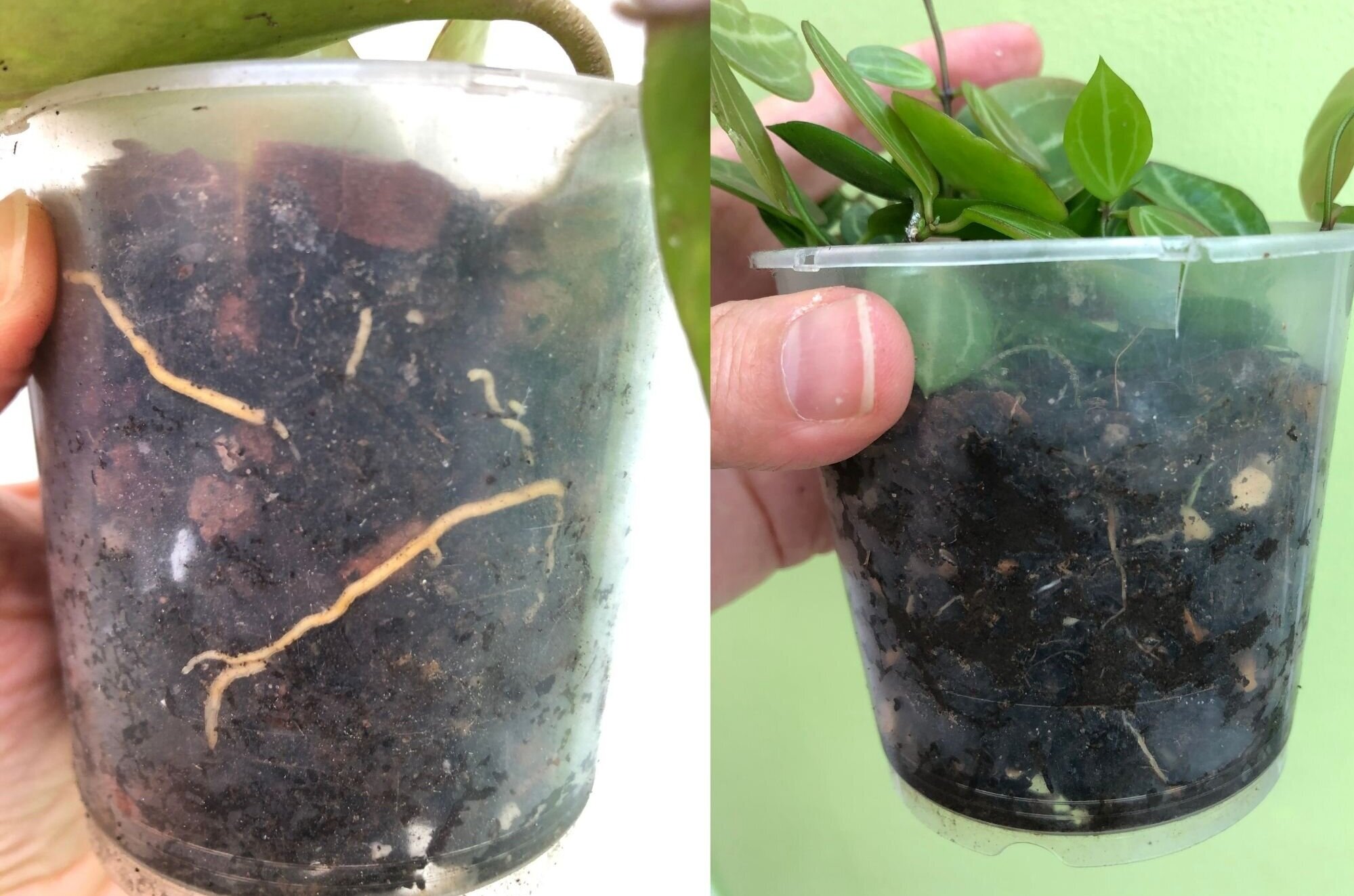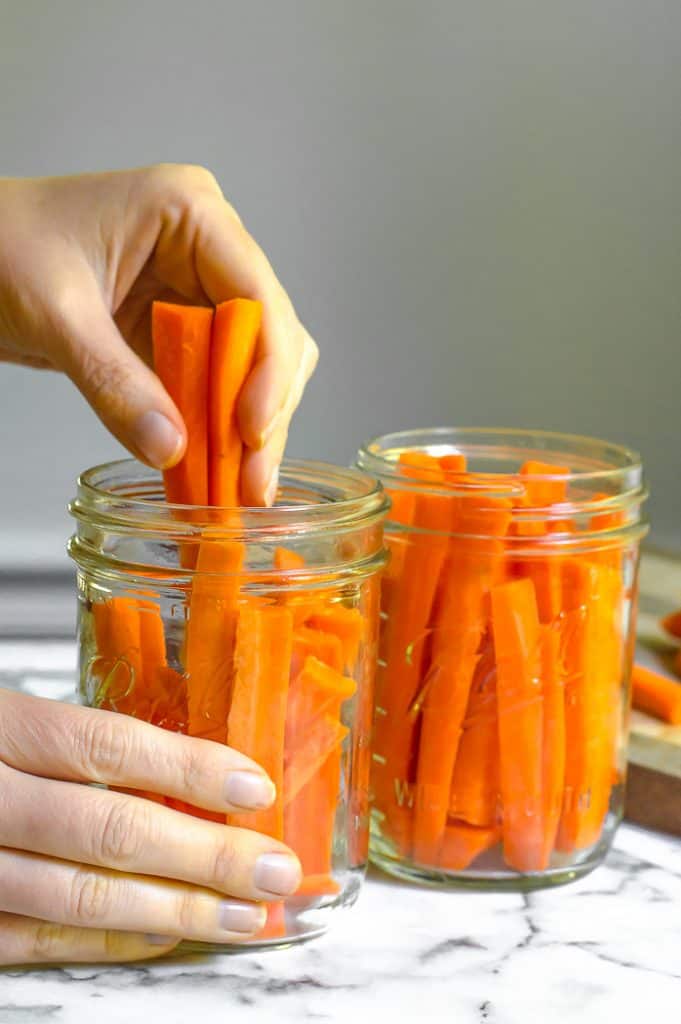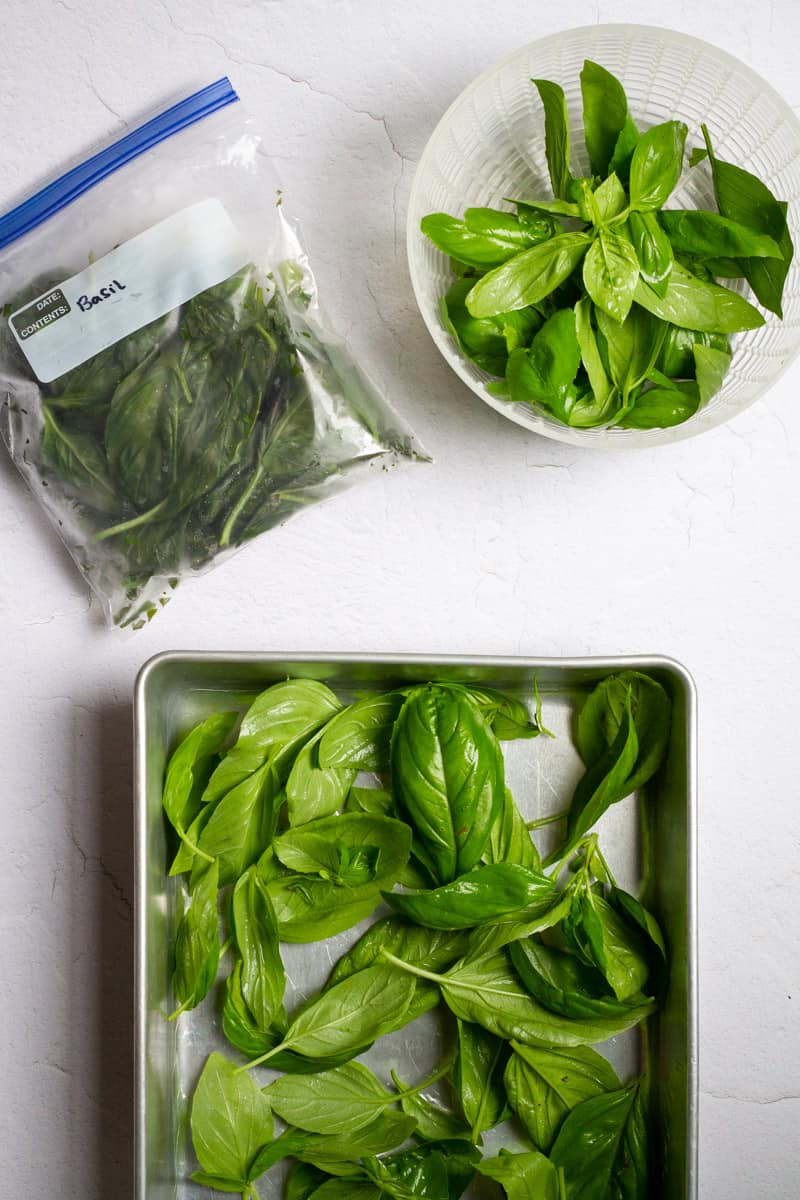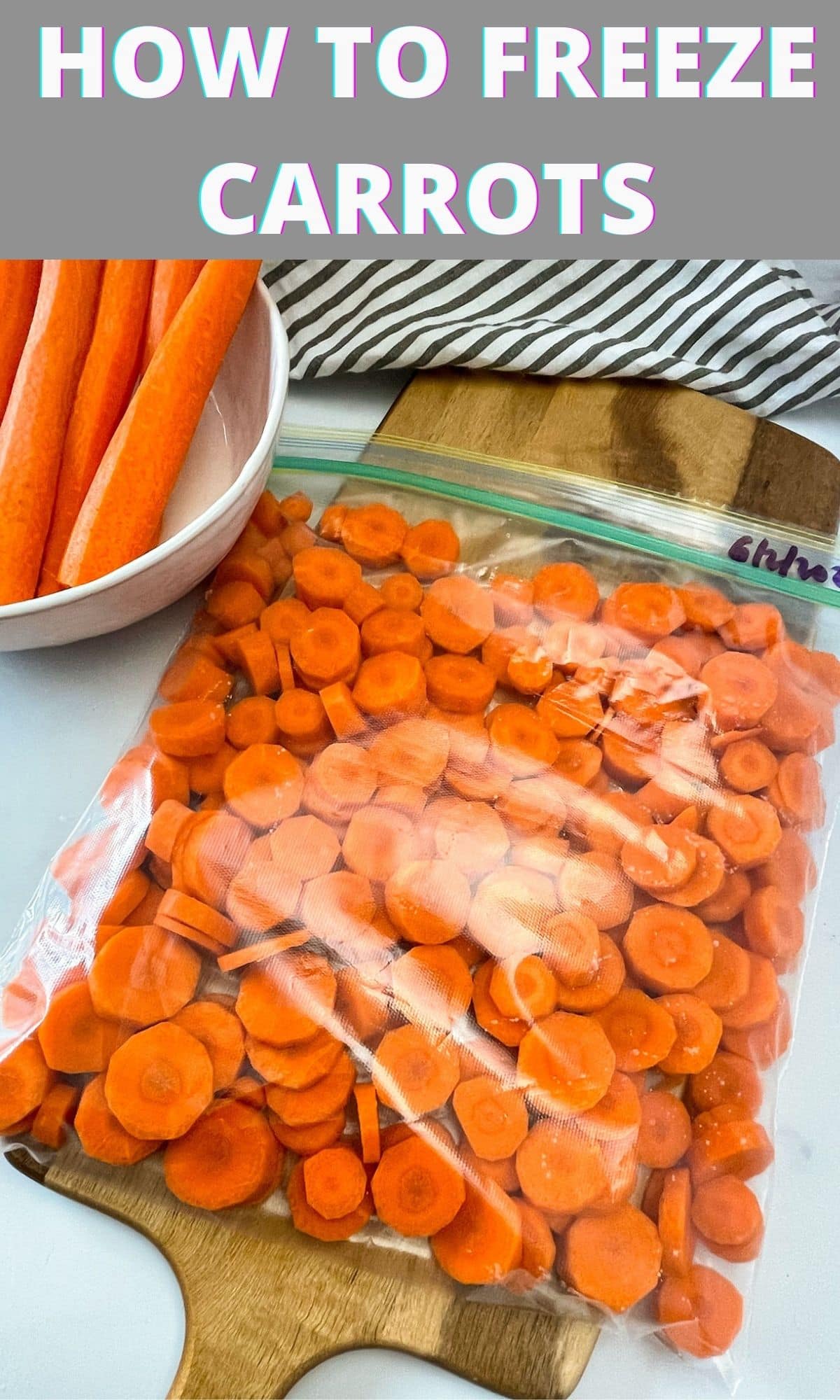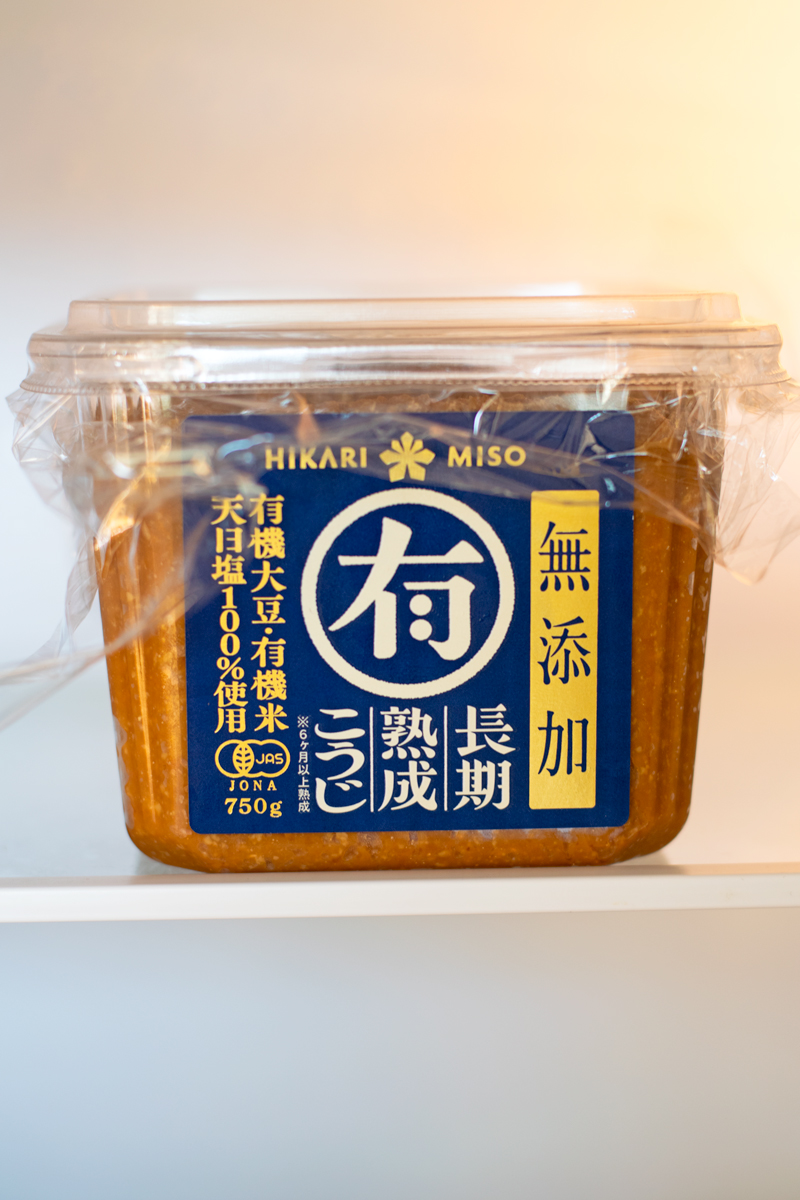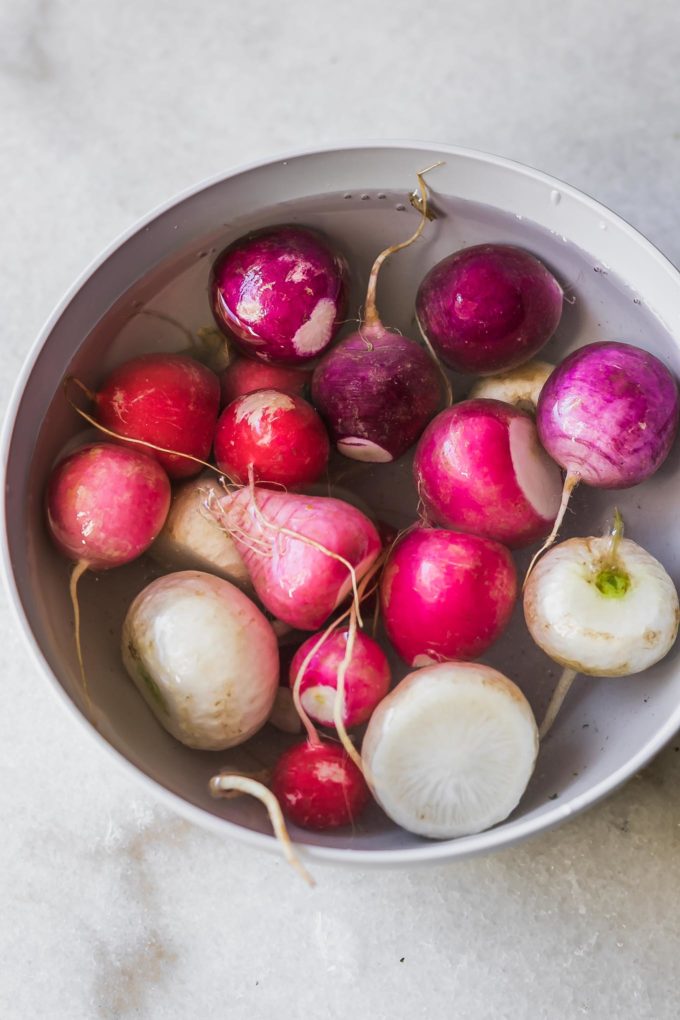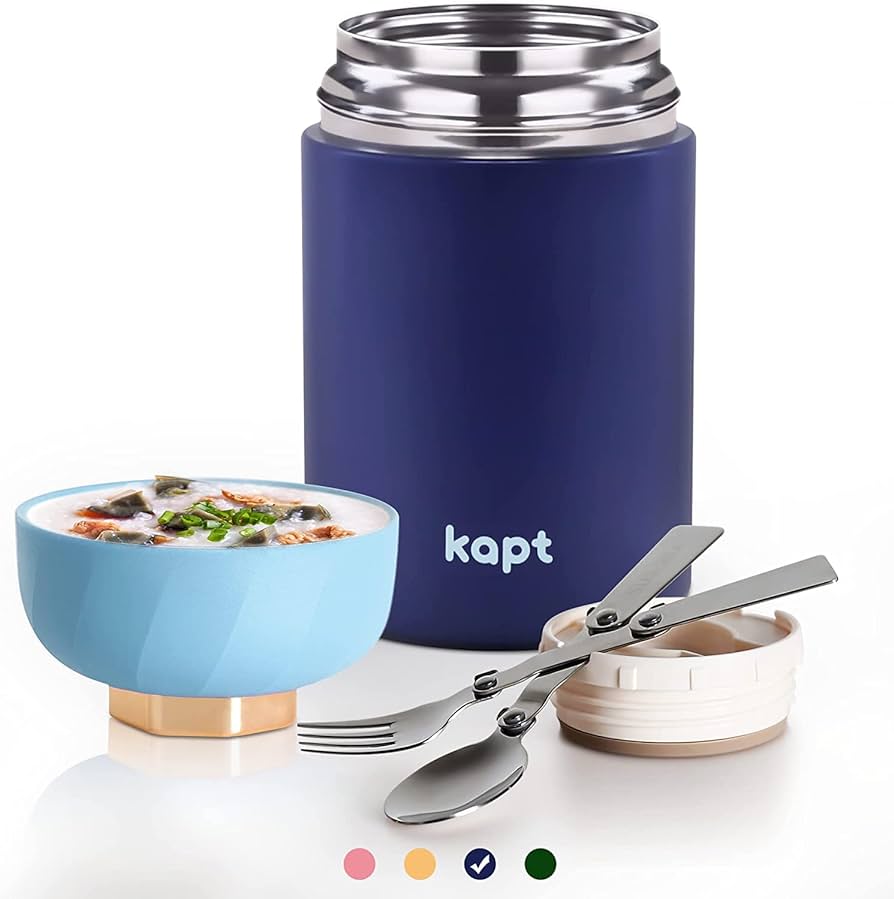List of Pertinent Information on ‘How Long Are Mashed Potatoes Good For’:
– Cooked mashed potatoes can be stored in the refrigerator for 3-4 days.
– Cooked mashed potatoes can be stored in the freezer for 10-12 months.
– Fresh potatoes will last 2-3 months at near 50°F.
– Fresh potatoes will last 1-2 weeks at room temperature.
– Raw potatoes stored in water will last 24 hours.
– Boiled potatoes stored in the refrigerator will last 3-4 days.
– If there is a foul smell or appearance, mashed potatoes should be discarded.
– Reheat mashed potatoes to 165°F to kill any bacteria that may have formed.
– Ways to freeze mashed potatoes include adding cream and butter, dividing them into one-cup portions, and freezing them on a baking sheet.
– Mashed potatoes can be reheated on the stovetop or in the oven.
– Adding extra liquid, such as cream or buttermilk, can help prevent them from drying out while reheating.
– If reheating in the oven, spread butter on top and bake at 350 degrees Fahrenheit for 20 to 25 minutes, until the potatoes reach 165 degrees Fahrenheit.
– It is recommended to make dishes with mashed potatoes before they go bad or spoil.
– Nutritional information for mashed potatoes cooked with skin without salt: 87 calories, 1.9 grams of protein, 20.1 grams of carbs, 77% water, 1.8 grams of fiber, and 0.1 grams of fat.
– Recommended potatoes for mashing are Russet Potatoes and Yukon Gold Potatoes.
– Russet Potatoes are reddish-brown with dark brown skin, white, dry, and starchy flesh.
– Yukon Gold Potatoes are creamy when crushed, never plump, and have a slightly buttery flavor.
– Recipe ingredients: 1kg potatoes, 1/2 cup hot milk, 1 teaspoon salt, 1/3 cup unsalted butter, 6-8 cloves of garlic, 1/4 cup sour cream, 1/4 cup shredded parmesan cheese (optional), salt and pepper for taste, 1 tablespoon chopped parsley (optional).
– Recipe instructions: peel and cut potatoes, boil for 15-20 minutes, fry garlic in butter, drain cooked potatoes, add butter, milk, garlic, and sour cream, mash potatoes, add parmesan cheese, salt, and pepper.
– Storing mashed potatoes in an airtight container prevents deterioration due to oxygen exposure and moisture loss.
– Leftover mashed potatoes can be used to make a variety of dishes.
– It is important to reheat mashed potatoes to a temperature of 71 degrees Celsius before consuming if they have been left out for 8-10 hours.
– Peeled potatoes can sit in water for 12-24 hours but should not be kept for more than 24 hours.
– Mashed potatoes can last longer when stored in the freezer.
– Mashed potatoes should not be stored with onions and apples because they produce gases that can affect their quality.
Continue Reading


